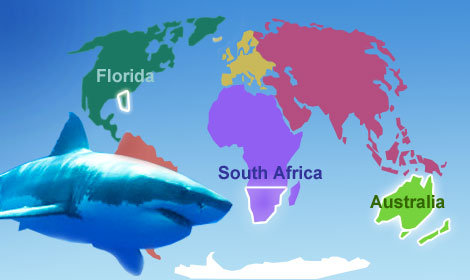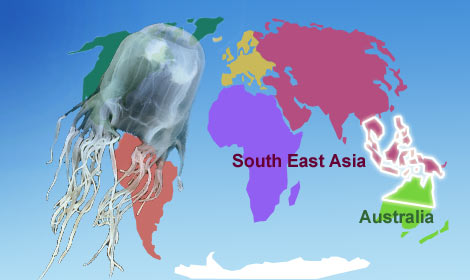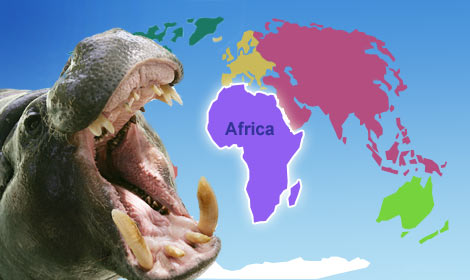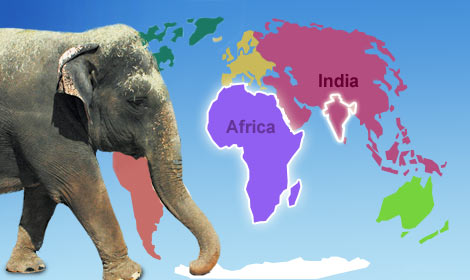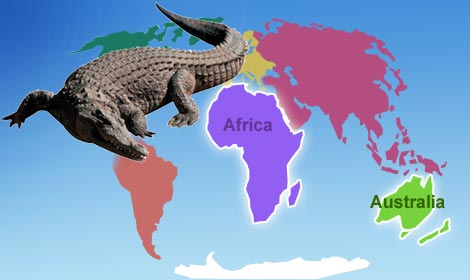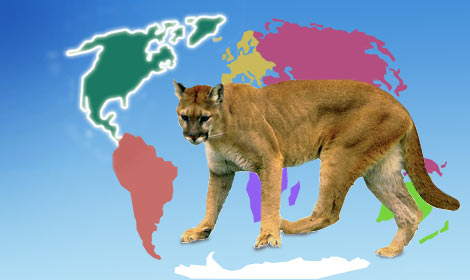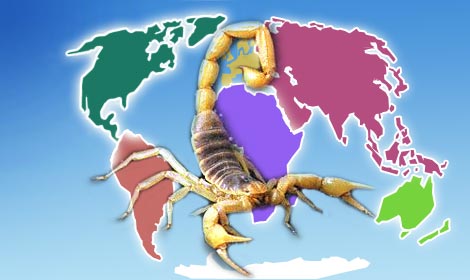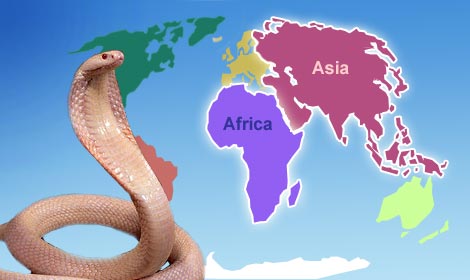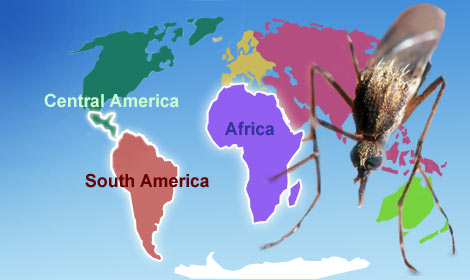Mikayeel
IB Expert
- Messages
- 1,988
- Reaction score
- 597
- Gender
- Male
- Religion
- Islam
Salam 3alekum!
since animals are in the trend nowadays!
let me state the 10 most dangerous animals!!! BEHOLD!!! laying:
laying:
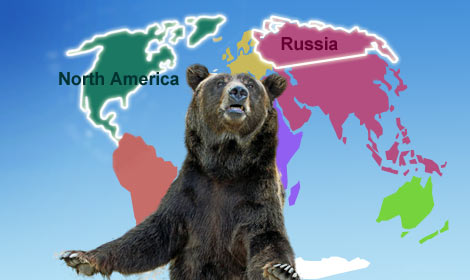
No 10: The bear
Forget gentle Ben - when a bear rears on its hind legs you know you're in trouble. Although bears have a fearsome reputation, you are statistically more likely to survive a bear attack than to perish, but that's small consolation to those who are faced with a bristling bear. With five attacks in Canada in 2005 alone, it seems that they're on the increase due to human destruction of, and encroachment on, bears' natural habitat.
Responsible for: An estimated 5-10 fatalities a year.
Hangs out in: North America, Canada, North Pole, Russia and isolated pockets around the world.
Method of dispatch: There are many different sub-species of bear and not all of them are vicious. However, the polar, black and grizzly varieties are deadliest. Bears will trample, maul and generally savage their prey until they're frightened off or finish the job; and will attack for a variety of reasons, hunger being one. You should always keep food well away from your camp.
Useful avoidance techniques: If you are faced with an angry bear (categorised by snorting, false bluffs, ground beating, etc), slowly back away from the bear, watching it all the while. DO NOT turn and run. If it continues to act aggressively, you should respond in kind by shouting and throwing sticks and stones while continuing to back away. If a bear is upon you, fight back as you will stand a better chance of survival than if you play dead.
since animals are in the trend nowadays!
let me state the 10 most dangerous animals!!! BEHOLD!!!

No 10: The bear
Forget gentle Ben - when a bear rears on its hind legs you know you're in trouble. Although bears have a fearsome reputation, you are statistically more likely to survive a bear attack than to perish, but that's small consolation to those who are faced with a bristling bear. With five attacks in Canada in 2005 alone, it seems that they're on the increase due to human destruction of, and encroachment on, bears' natural habitat.
Responsible for: An estimated 5-10 fatalities a year.
Hangs out in: North America, Canada, North Pole, Russia and isolated pockets around the world.
Method of dispatch: There are many different sub-species of bear and not all of them are vicious. However, the polar, black and grizzly varieties are deadliest. Bears will trample, maul and generally savage their prey until they're frightened off or finish the job; and will attack for a variety of reasons, hunger being one. You should always keep food well away from your camp.
Useful avoidance techniques: If you are faced with an angry bear (categorised by snorting, false bluffs, ground beating, etc), slowly back away from the bear, watching it all the while. DO NOT turn and run. If it continues to act aggressively, you should respond in kind by shouting and throwing sticks and stones while continuing to back away. If a bear is upon you, fight back as you will stand a better chance of survival than if you play dead.

